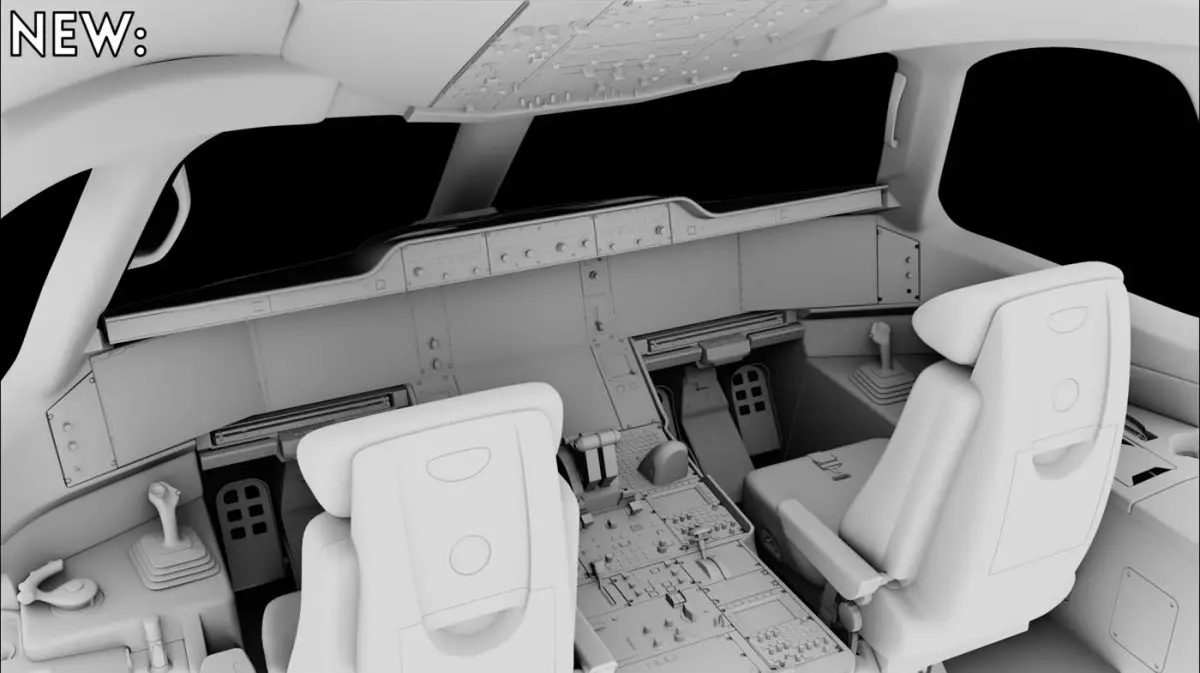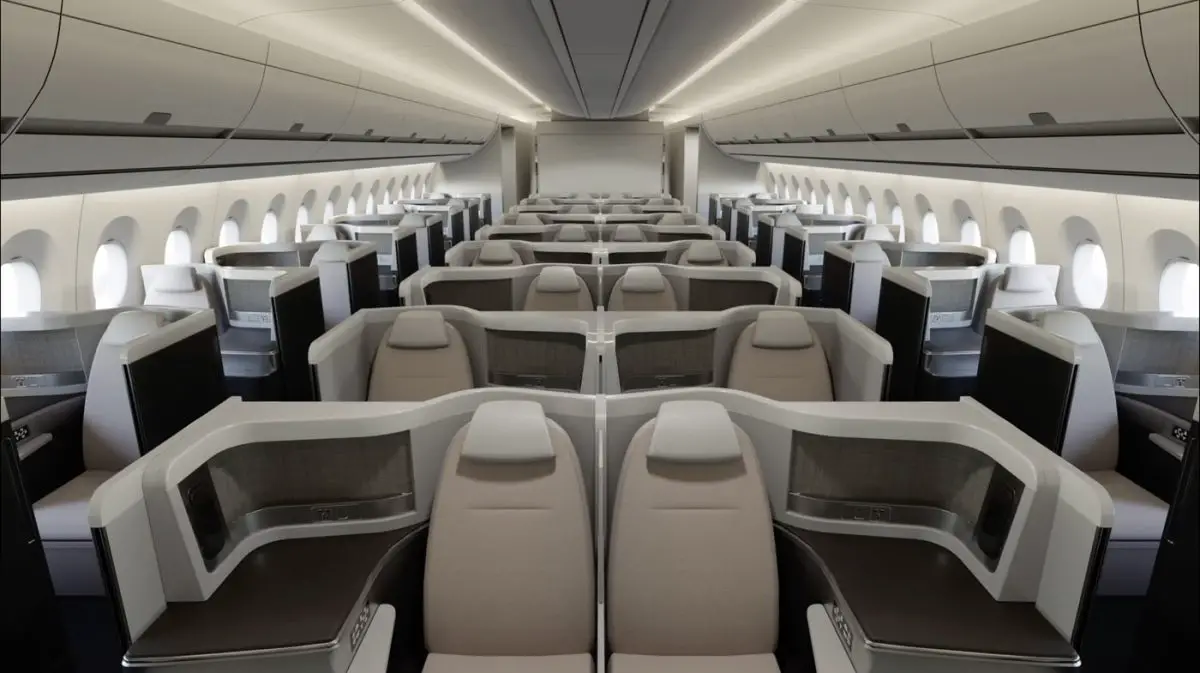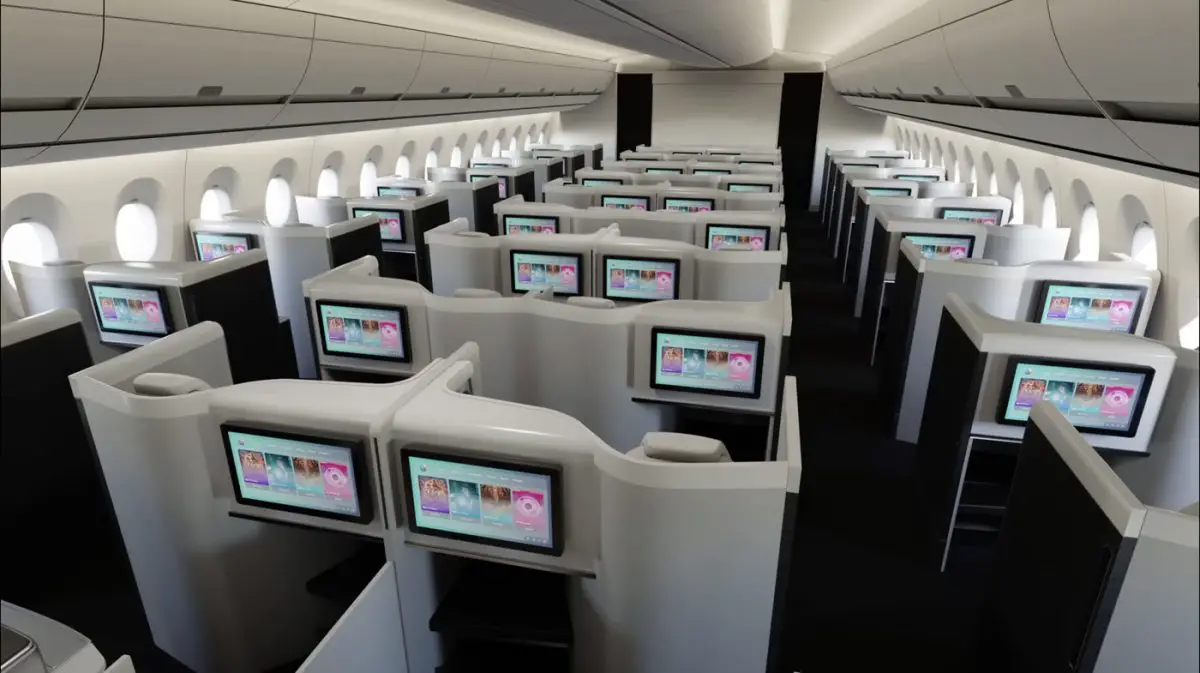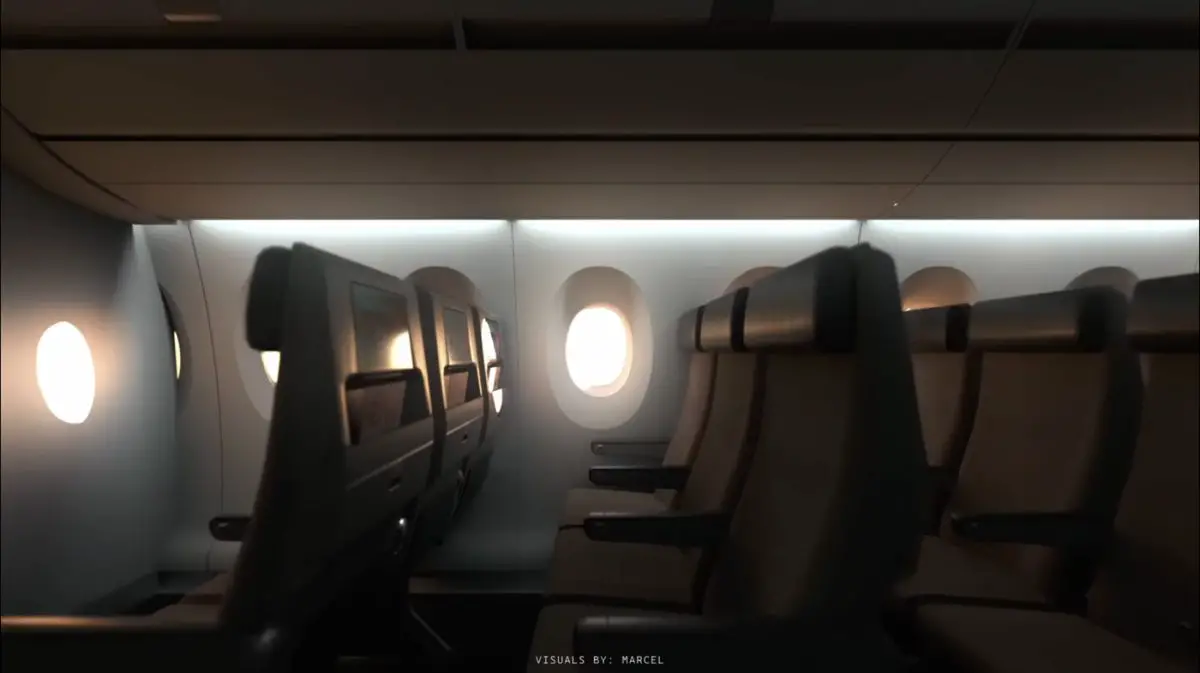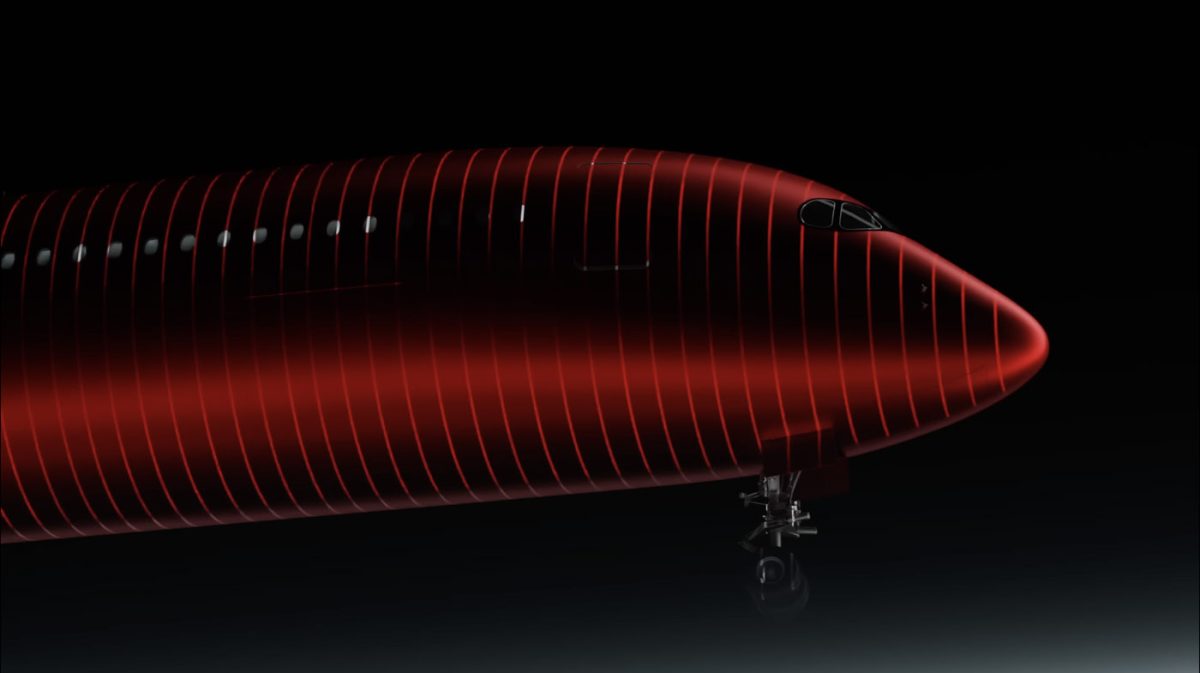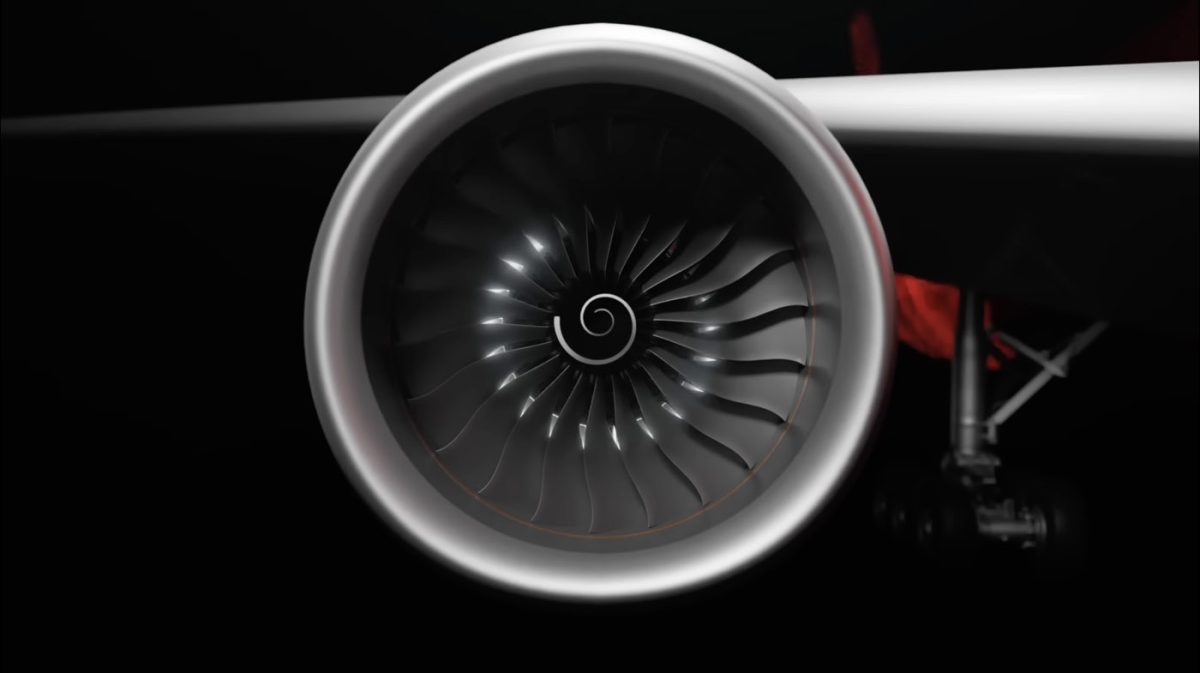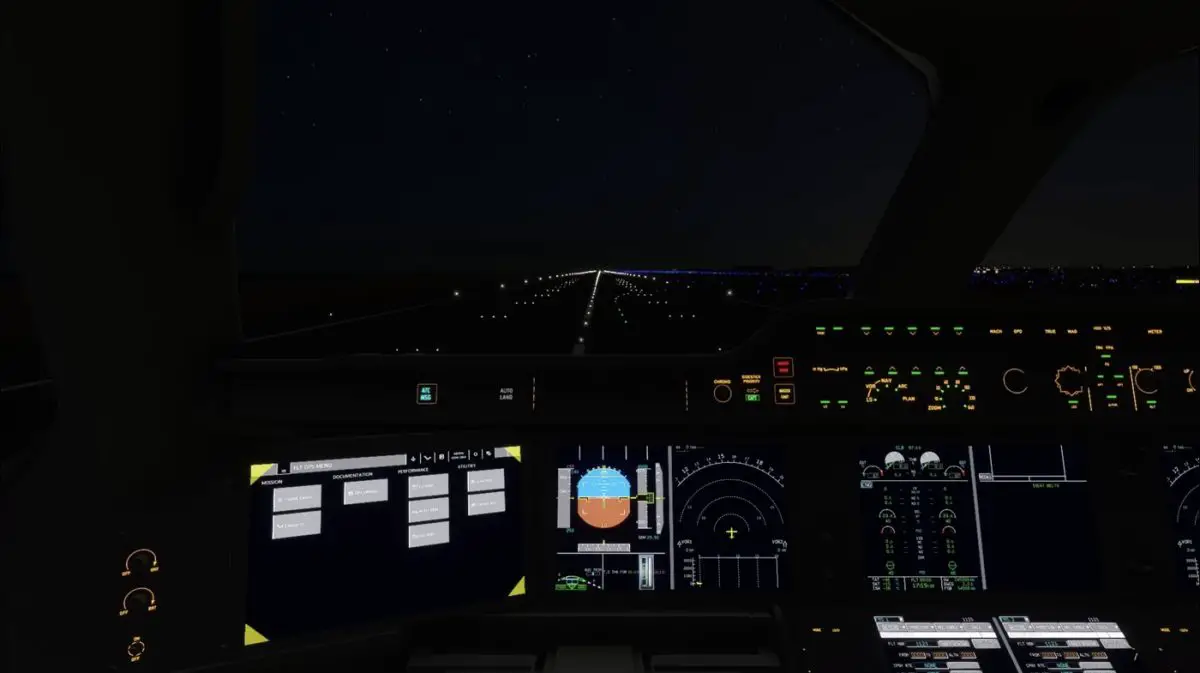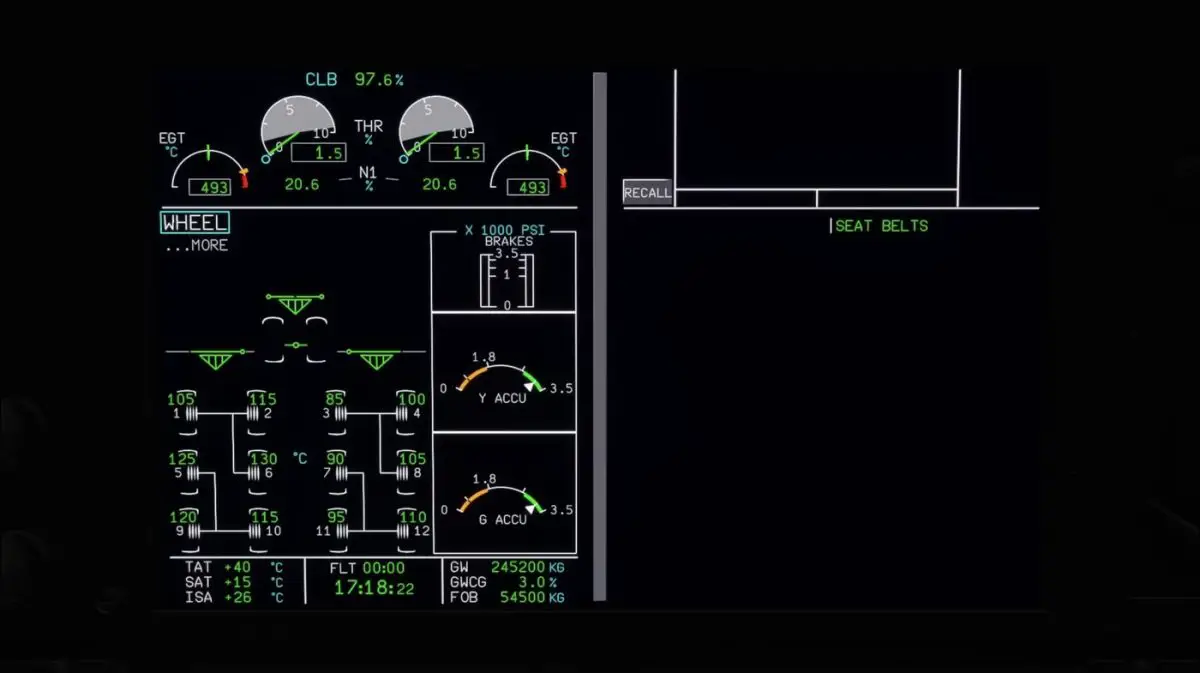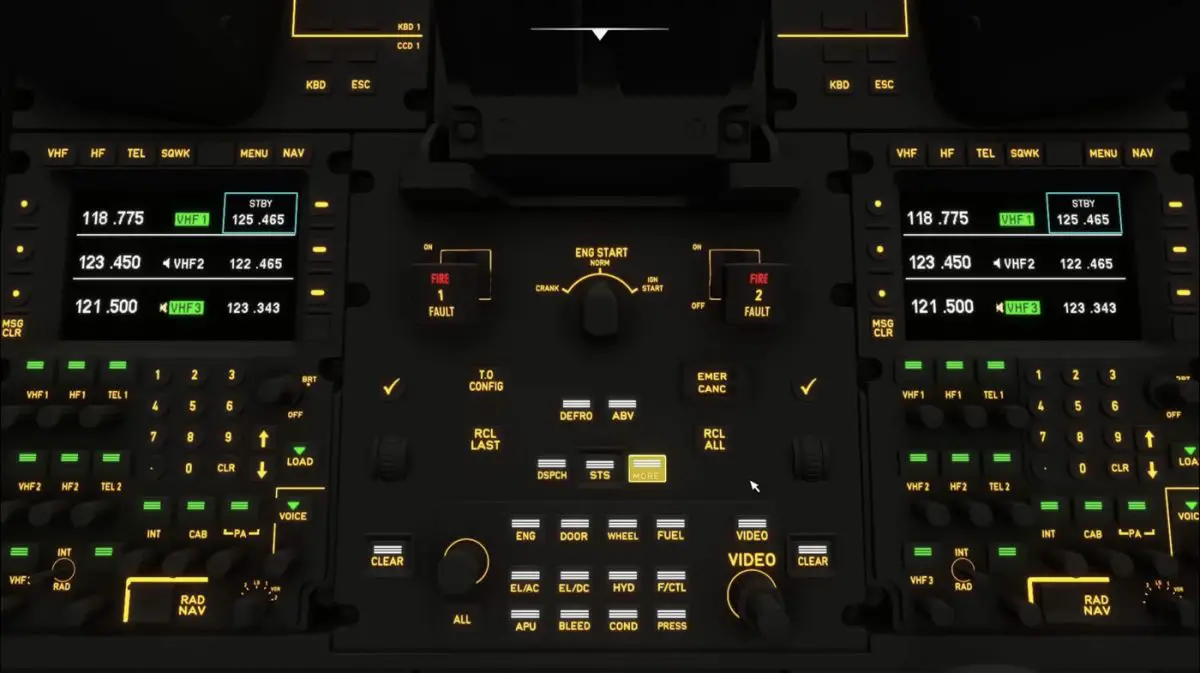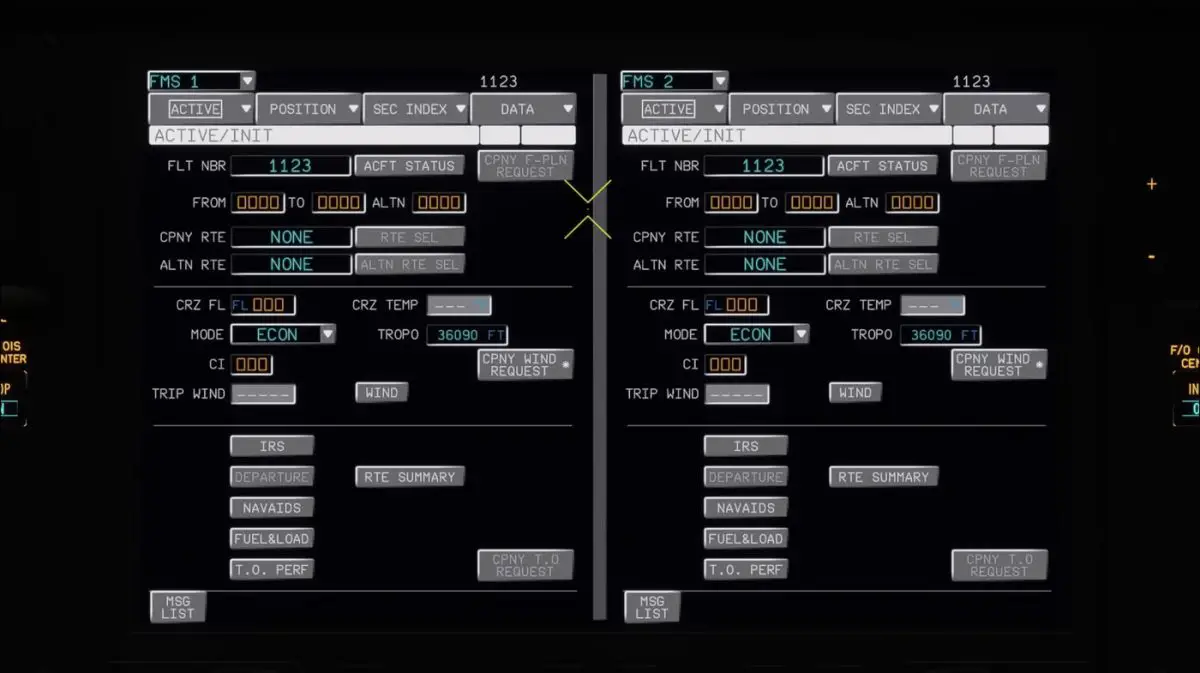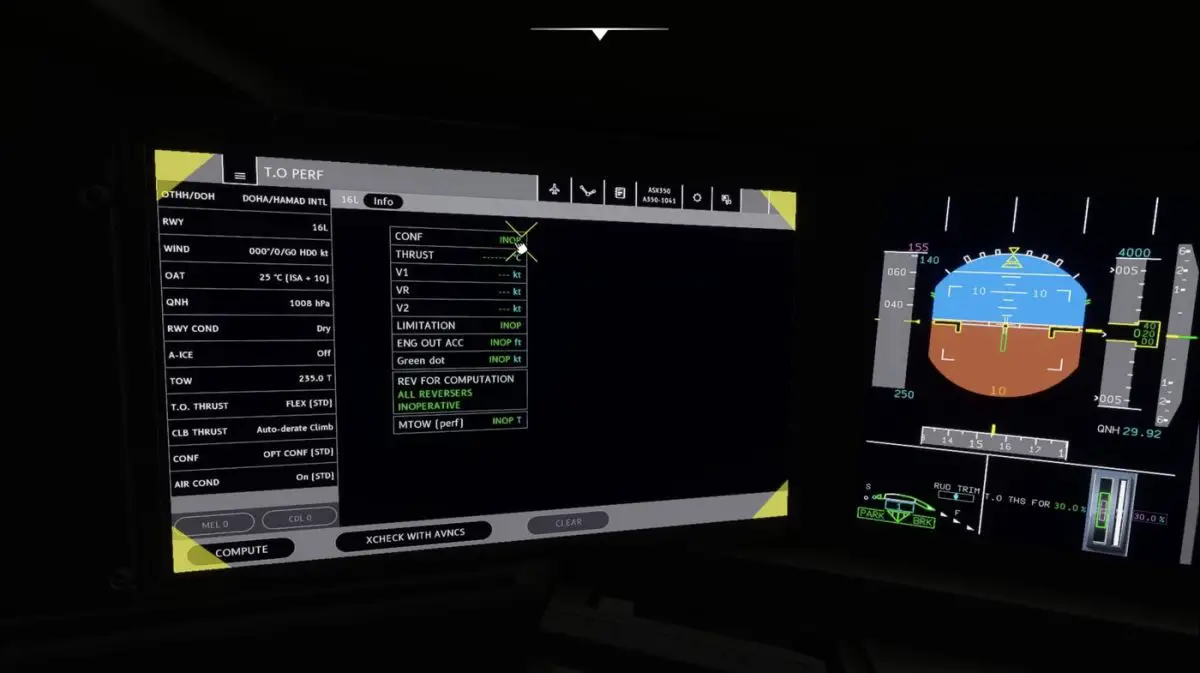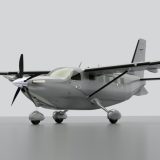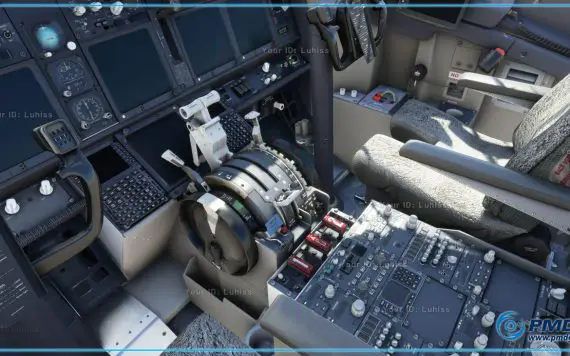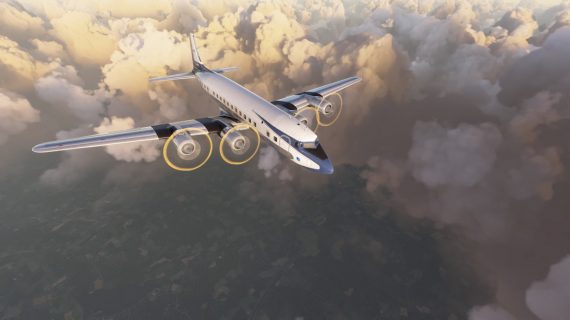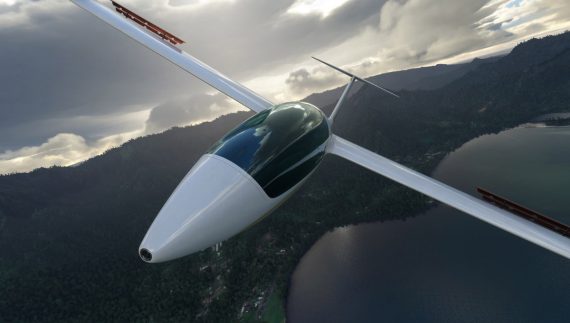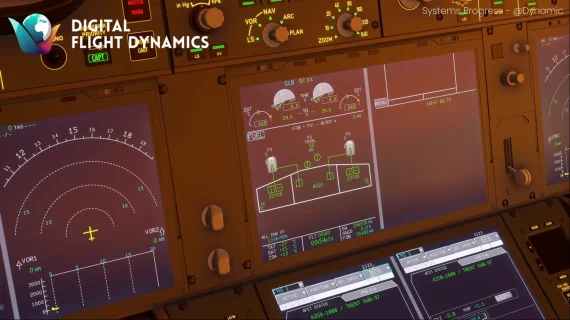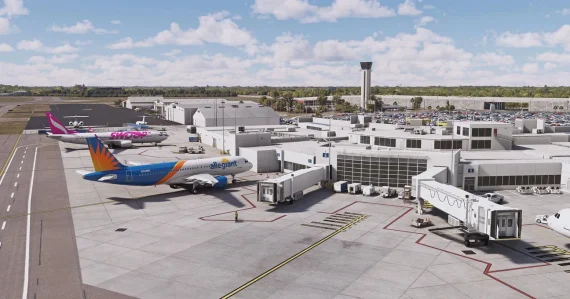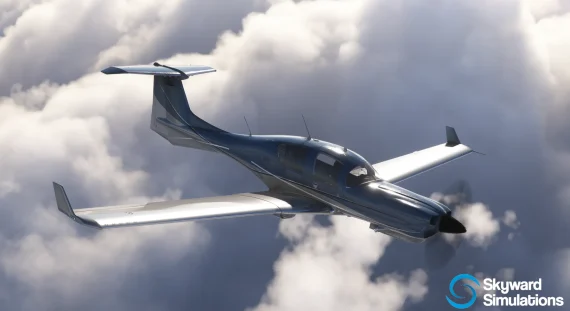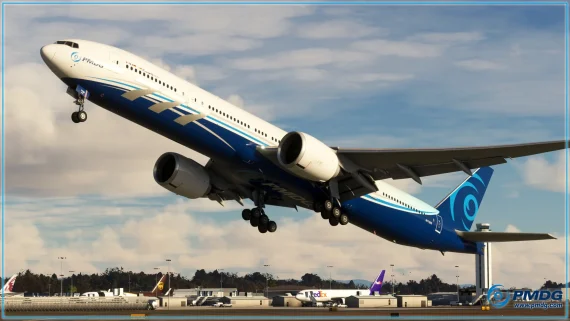Digital Flight Dynamics reveals significant progress on its A350 for Microsoft Flight Simulator
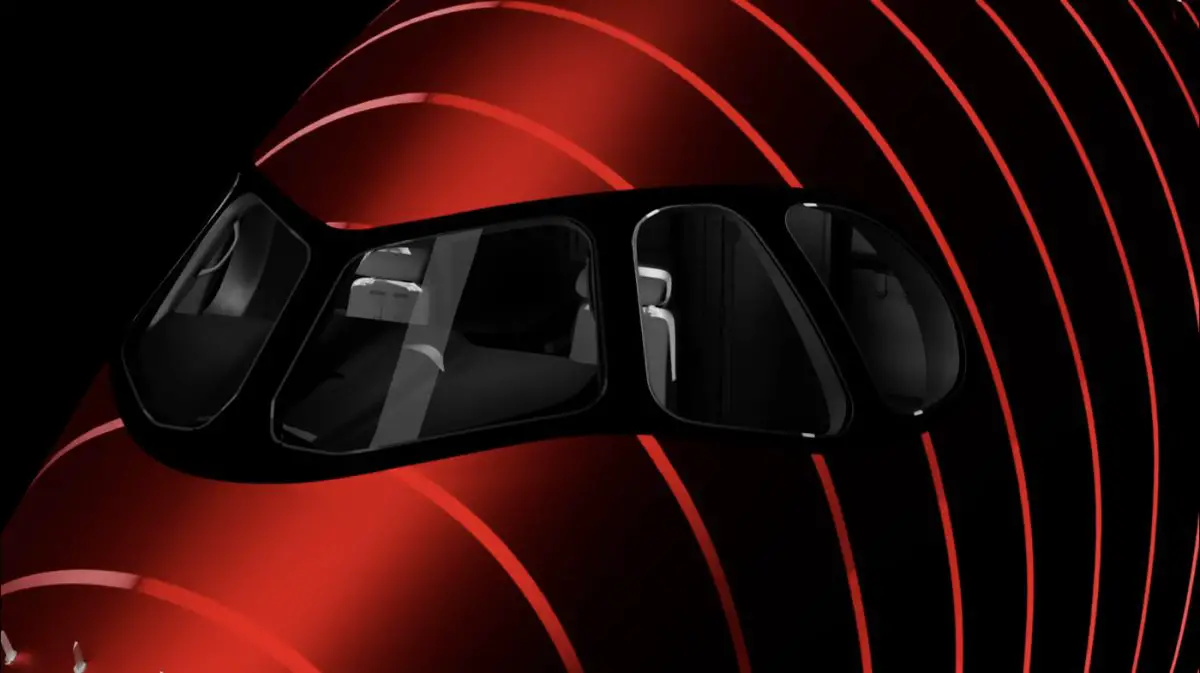
It’s been exactly a year since we last heard about Digital Flight Dynamics’ ambitious project that aims to recreate the Airbus A350 in Microsoft Flight Simulator. You’d be excused if you thought this project was dead, but the latest development update shows it’s far from it. In fact, it seems to have evolved very significantly in the past 12 months!
In the third episode of DFD’s Discover350 series, the team unveiled substantial strides in 3D modeling and avionics for their high-fidelity A350. During the presentation, Sebastian, the lead 3D modeler, shared the company’s appreciation for their community, volunteer developers, and contributors for their continuous support, which includes A350 mechanics and pilots who have provided vital information and feedback.
Sebastian acknowledged the complexity of the A350 aircraft, laden with intricate features. However, the Digital Flight Dynamics team is devoted to creating an immersive and enjoyable flight simulation experience that faithfully replicates these nuances.
Focusing on the significant progress in 3D modeling, Sebastian highlighted the meticulous work on the cockpit. They have completed all flight control components, introduced all-new side consoles, and accurately replicated the unique asymmetrical layout. Special attention was given to crafting accurate Airbus Atlantic FAR 25 seats found exclusively on the A350.
The cabin modeling has also seen impressive developments. The team has now completed the modeling of Economy and Business Class seats, based on real-life airline seats. Efforts have been made to optimize these models, considering the large number of seats in an actual A350.
In terms of exterior design, the team has completely reworked the nose structure, improved the details of the nose landing gear, and perfectly replicated the cockpit windows. The impressive Rolls-Royce Trent XWB-97 engine model was also showcased.
Noting the team’s journey, Sebastian admitted, “Over the past few months, we’ve learned a lot about the design of the Airbus A350-1000, and much of it is quite interesting.”
During the presentation, the team also unveiled the progress on the A350’s ECAM, a critical interface used to monitor the status of the engines and various aircraft systems. The team showcased an impressive and accurate representation of the System Display, which dynamically displays changes based on the status of the aircraft or manual switching of pages.
In a detailed breakdown, the team takes us through various pages of the system display, starting with the engine page, door status, wheel SD page, fuel page, and up to the hydraulic SD page. The demonstration showcased how the updated simulator handles specific functions like engine start and ignition, door and landing gear status, fuel usage and transfer, as well as hydraulic fluid levels and pressure.
DFD also demonstrated the intricacies of the MFD, highlighting the new FMS. The FMS includes details on flight initialization, inertial reference systems, GNSS position data, and time management features. Although the FMS is not yet fully functional for creating flight plans, the team announced they will be integrating the FMS V2 from FlyByWire Simulations, ensuring accurate flight planning for their users.
The video also offers a glimpse into the A350’s OIS. Aiming for accuracy, DFD’s OIS will feature information like airport charts, performance calculations, and much more. The Takeoff Performance page was showcased, offering an in-depth look at how pilots can calculate vital data such as flex temperature, V1, VR, and V2 speeds.
As the team moves forward, their focus will be on modeling the cockpit roof, heads-up display, and introducing Premium and First Class seats. They are also eager to incorporate more intricate cabin details.
Throughout the presentation, DFD’s dedication to creating a realistic and immersive A350 was clear. DFD promises to bring frequent updates on their progress, steadily advancing toward the release of this ambitious and promising undertaking. As always, we’ll continue to track this project very closely and bring you the latest news about its development. Stay tuned!





